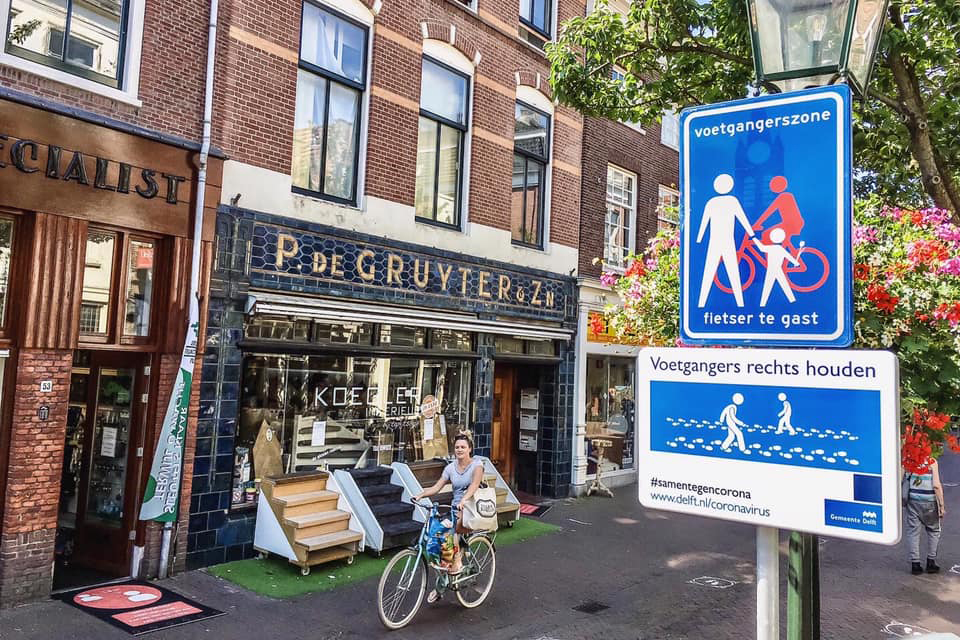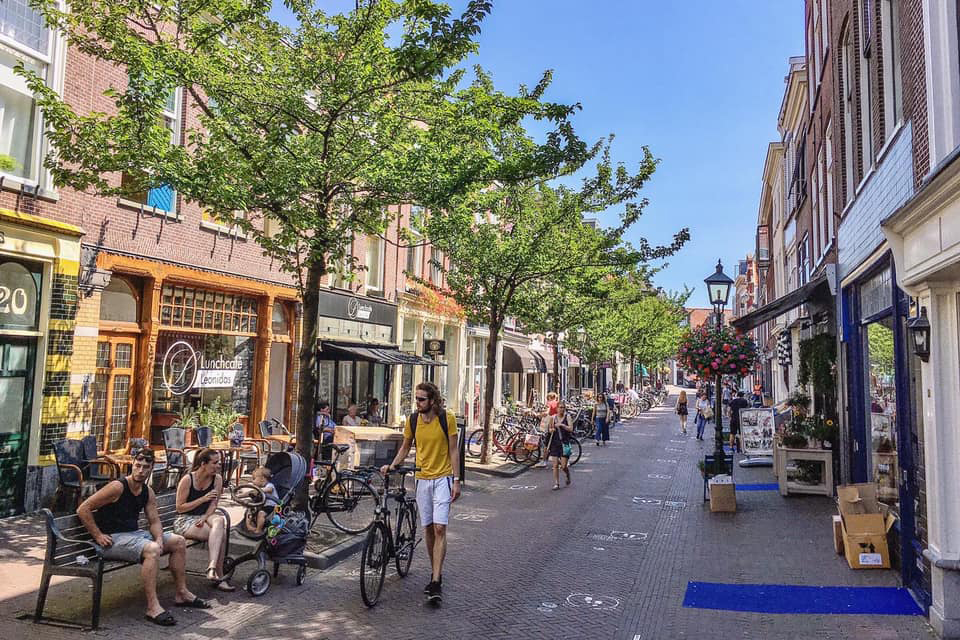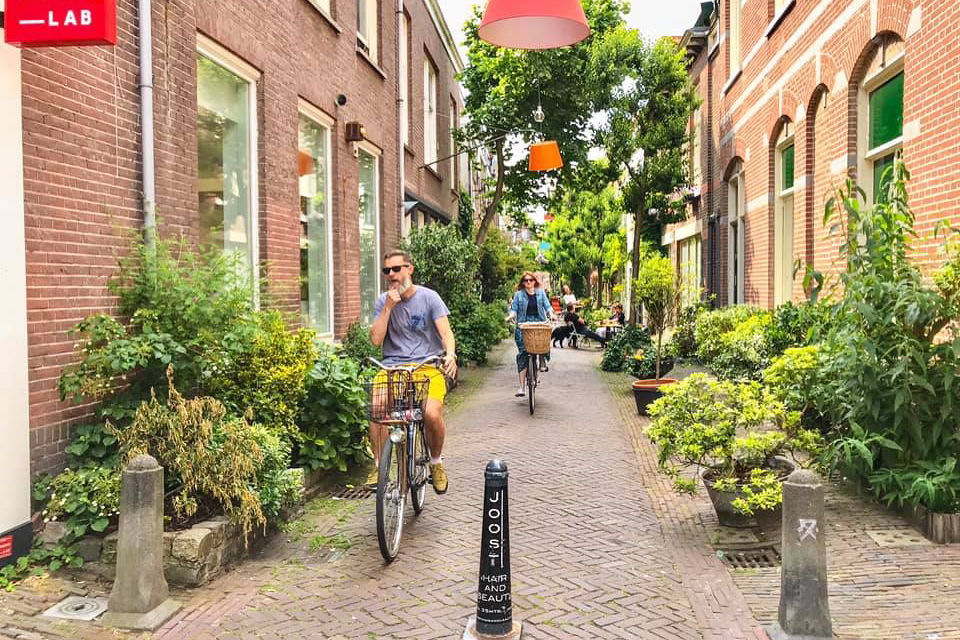Mobility / Public Spaces / Urban Mobility Design
Low-Car Cities: What’s really at stake?
There’s a growing trend in many cities around the world focused on a simple idea: to create safer, more comfortable cities, they need to become low-car. At the start of the global lockdown, many streets were blocked off with barriers in an attempt to provide physically-distanced space to enjoy the outdoors. But even before that, countless city centres were exploring these ideas, with cities including Ghent, Belgium, creating completely car-free centres. Even the historically car-dependent Auckland, New Zealand has accelerated the schedule for their own low-car streets in the central business district. These are all very promising steps forward, but as we have seen in recent weeks from the UK, these progressive steps are not happening without significant backlash and even reversal. But aside from a lack of safer streets, what is really at stake if we get stuck in the car-dominant status quo?

Increased liveability: Genuine goal or just a nice idea?
Much of the 21st century has been spent touting increasing livability in our cities: how do we change or adapt urban spaces to improve the quality of life for each citizen. The problem is that in many places, despite the altruism behind these good intentions, seldom are real, tangible differences realized if they come at the expense of personal convenience, namely, the ease of driving anywhere and everywhere quickly and comfortably. Looking past the glaring fact that this strategy overlooks massive swathes of the popular – as far as I can tell, we still aren’t allowing children to drive – and many policies fail to meet the needs of women, people of colour, the disabled and the elderly, enabling widespread car use for the last several decades has had the opposite effect of creating liveable cities.
At the start of 2020, I began the research process for a second book, examining the human impact of car-dominant cities. Following my family’s move to the Netherlands, we all began to experience significant changes in the way the interact with our new city and the effect that city was having on us. As I looked deeper into studies around mental health and social connectivity, speaking to countless academics and experts in the field, it all came together. Decades of automobility haven’t just had a damaging effect on the environment, air quality and road safety; it’s impacting us at a very human level. If we truly want to make communities more liveable, then we need to stop catering to cars and start prioritizing people.

Not a ban on cars – a celebration of people
Naysayers will tout low-car cities are just another tactic in the war on cars. Champions of more vibrant, human-centered spaces need to ignore the rhetoric and tell it like it is: it’s not banning cars, it’s celebrating people! Although still a work in progress, many advocates find inspiration on Dutch streets where people are moving around on foot and by bike, enjoying car-free historic centres, and generally interacting with fellow citizens in socially connected ways. Through my research, it became increasingly clear that when cities, like those in the Netherlands, prioritize the human spaces, it has a knock-on effect in reducing anxiety and stress often caused by high traffic volumes and noise.
During lockdown, many of us were celebrating that we could hear the birds again. It may have seemed like a funny little quirk, but important in connecting the dots between how the number of cars in our cities has been negatively affecting us for years without us even realizing it. The natural progression should now be: How do we make those moments the norm rather than the exception? At its core, it’s about prioritizing the people in the city and moving beyond cars being the default.

A low-car future is possible
Despite some steps backwards in some cities, I remain hopeful that low-car plans in cities are not just a fad, but a lasting trend. No longer is it just advocates or more progressive planners calling for these changes. Politicians, academics, journalists, the medical community, and, most promisingly, the next generation, are calling for change. It will be impossible to completely do away with cars in our cities, and they will continue to play a role. But a vibrant, healthy future is one where they play a background role, the extra in the cast of our cities; there when necessary, but otherwise unseen, making space for us to see each other again.
As many of us enter back into lockdown situations again, and weather turns colder in the northern hemisphere, we can’t forget what it felt like to walk and cycle in our cities six months ago when cars disappeared from our streets. The lifting of stress caused by traffic congestion and noise, the increased social connectivity as we saw more of our neighbours, and, let’s not forget, the joy many of us adults felt watching children freely play in the streets again. We can change our cities, and quickly, we just need the will to make it happen. It’s been said before, but it bears repeating: if not now, when?

